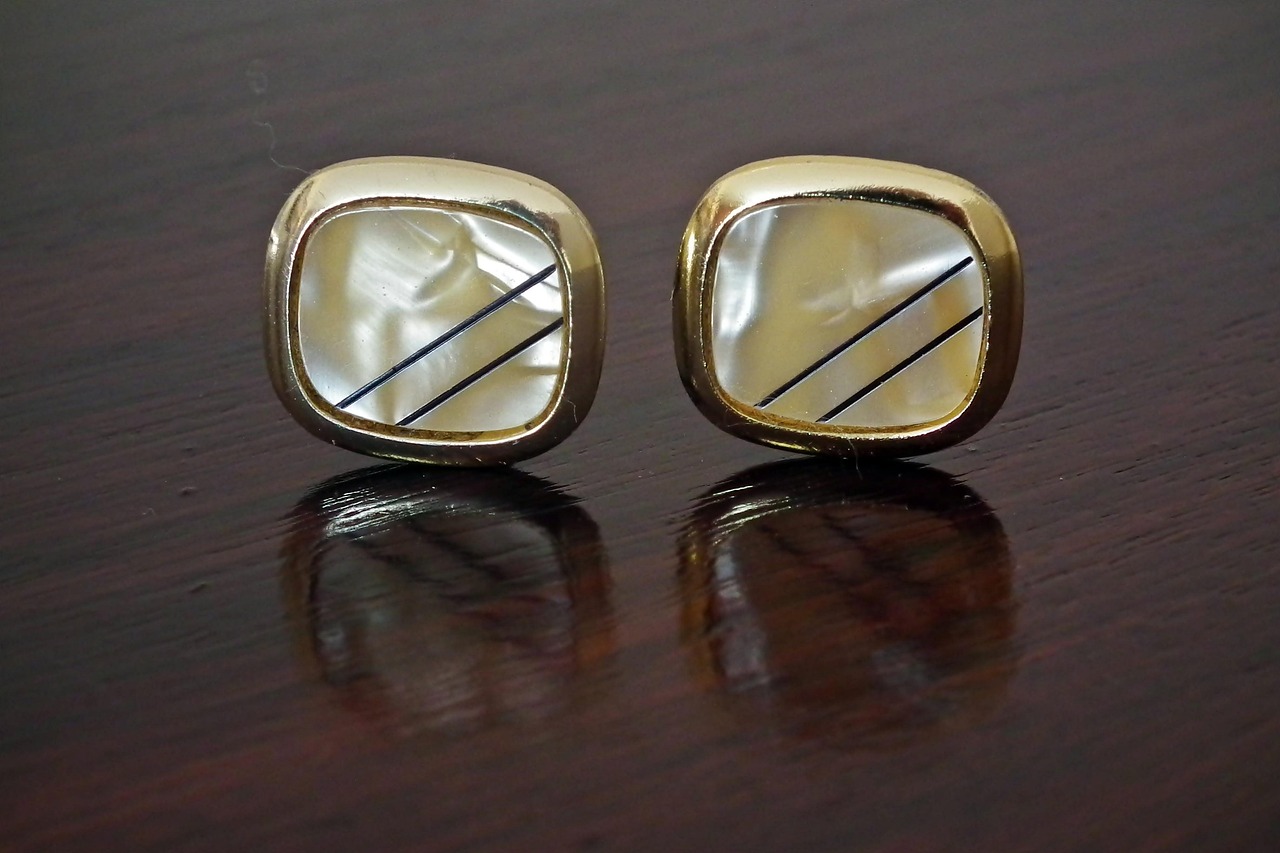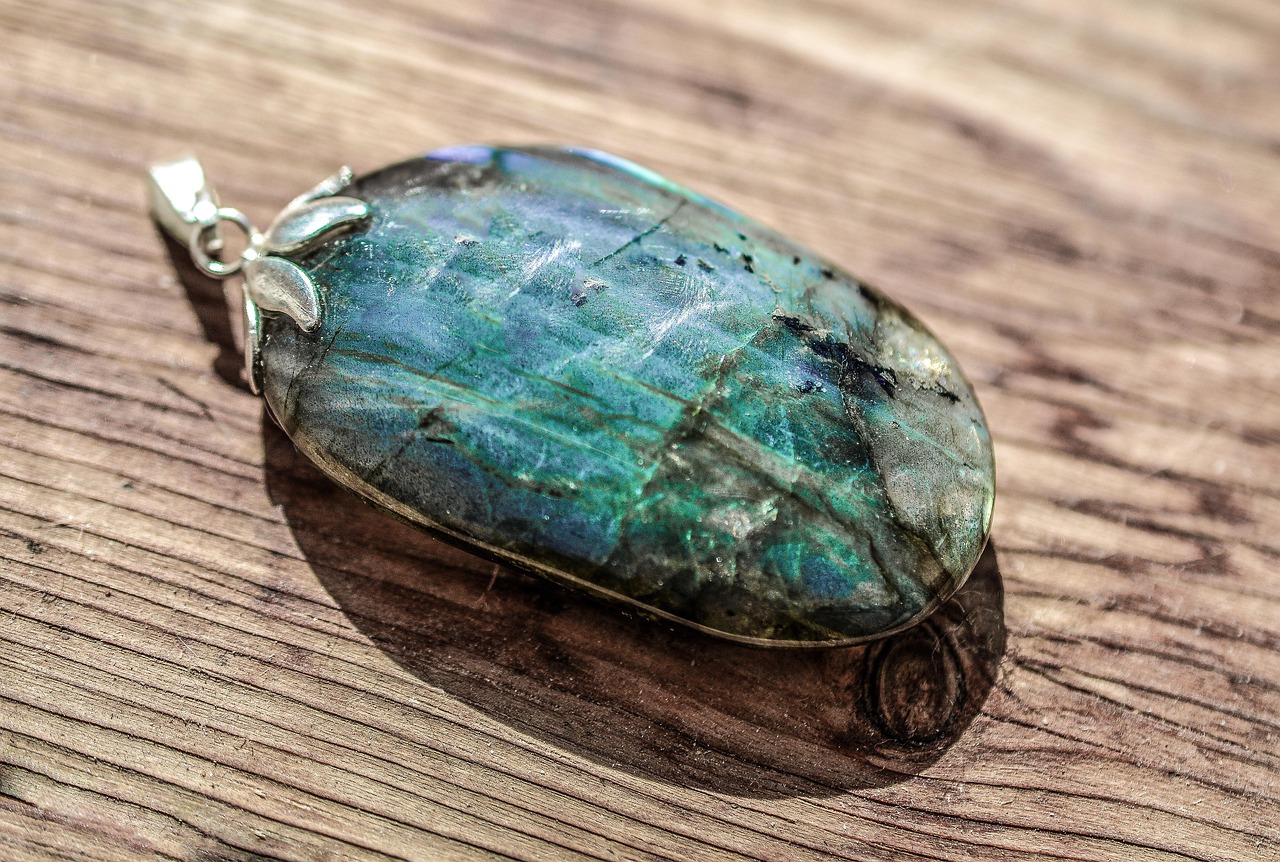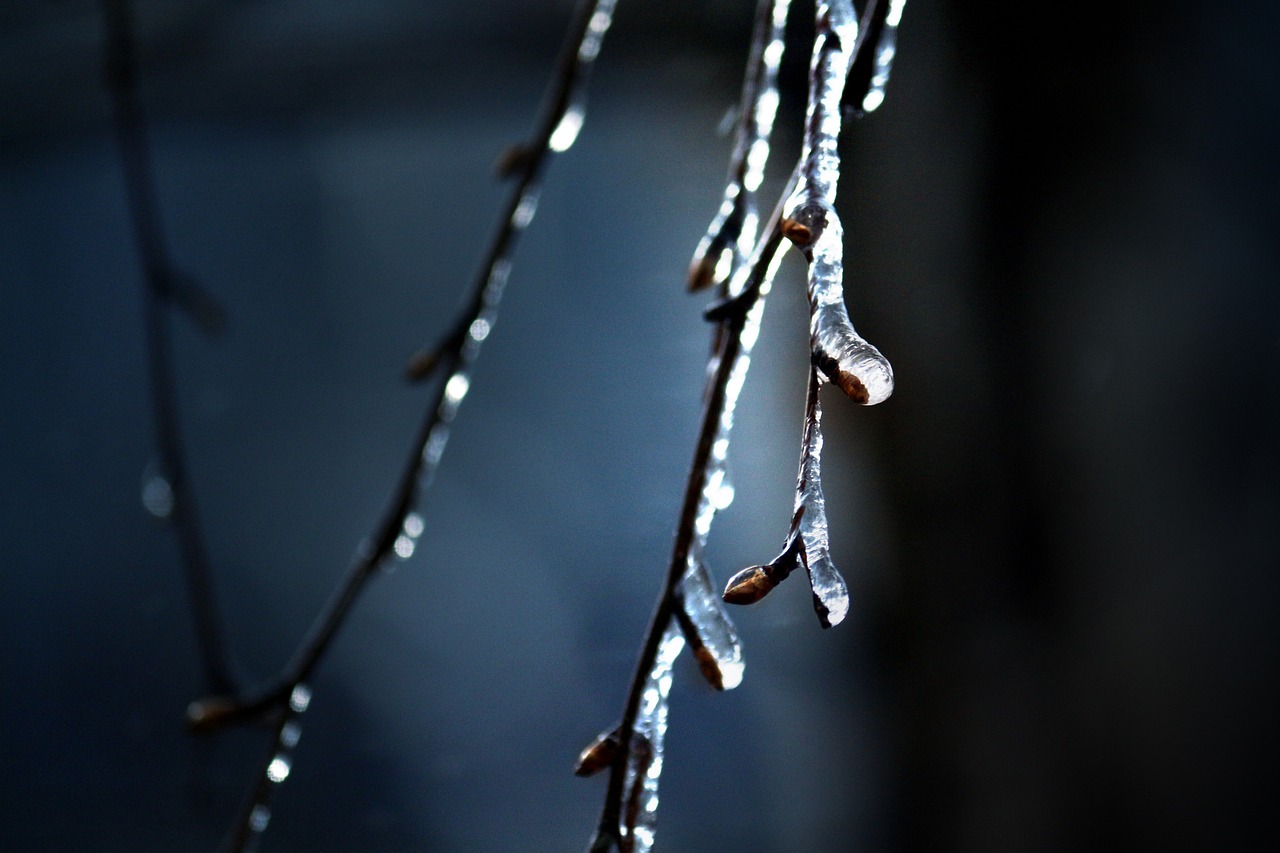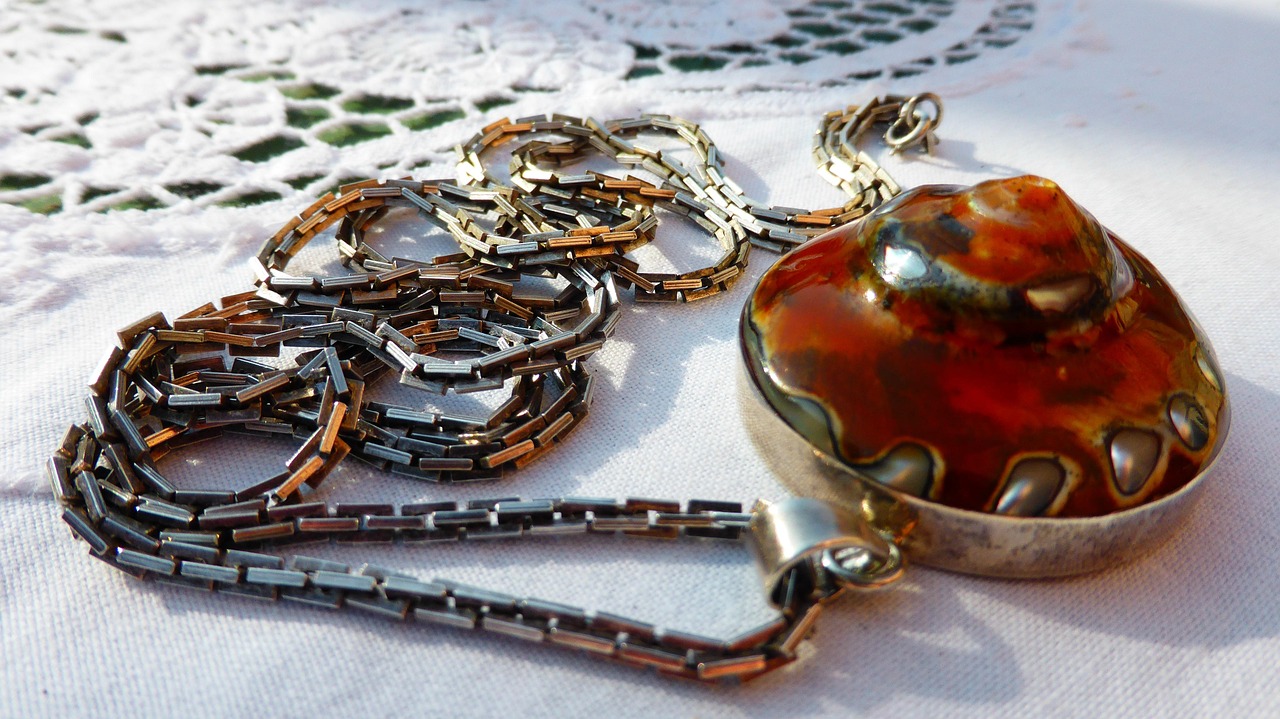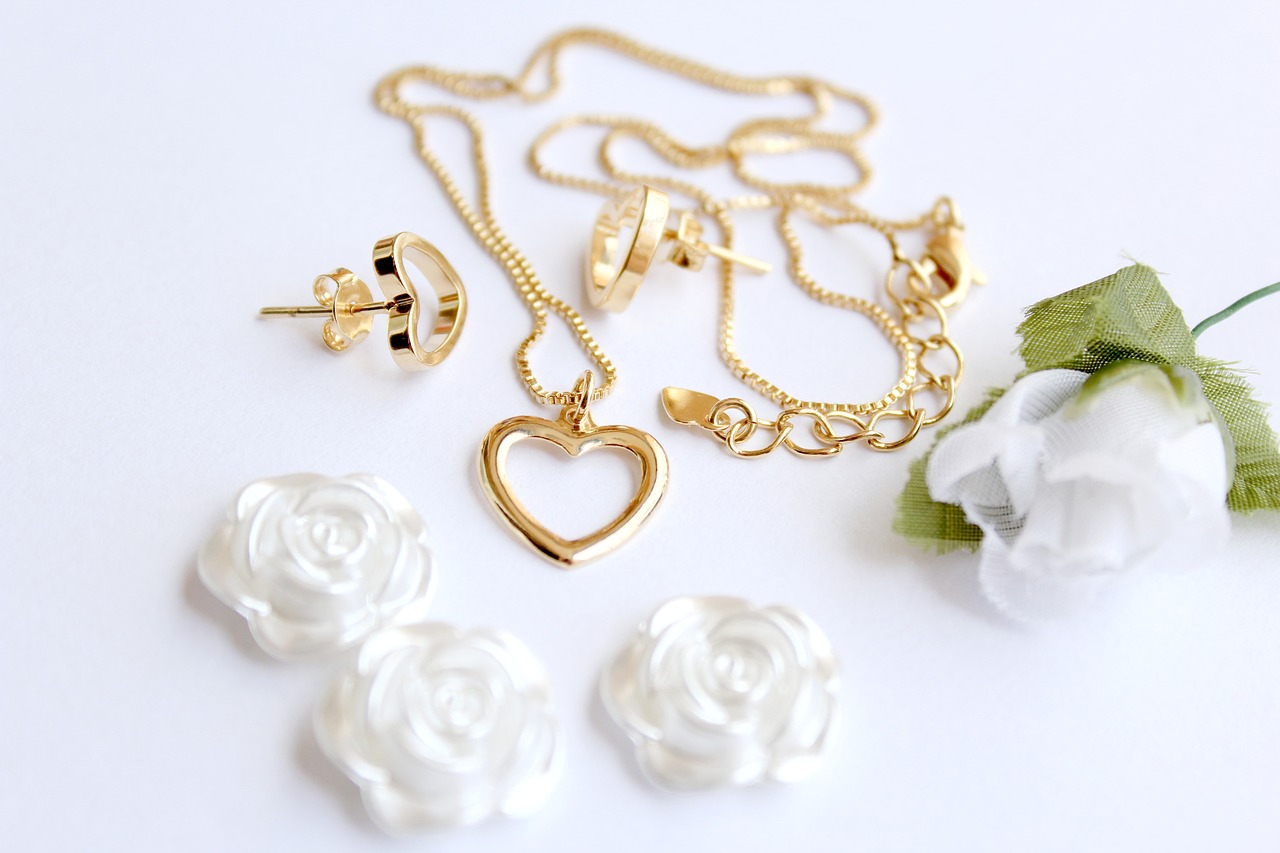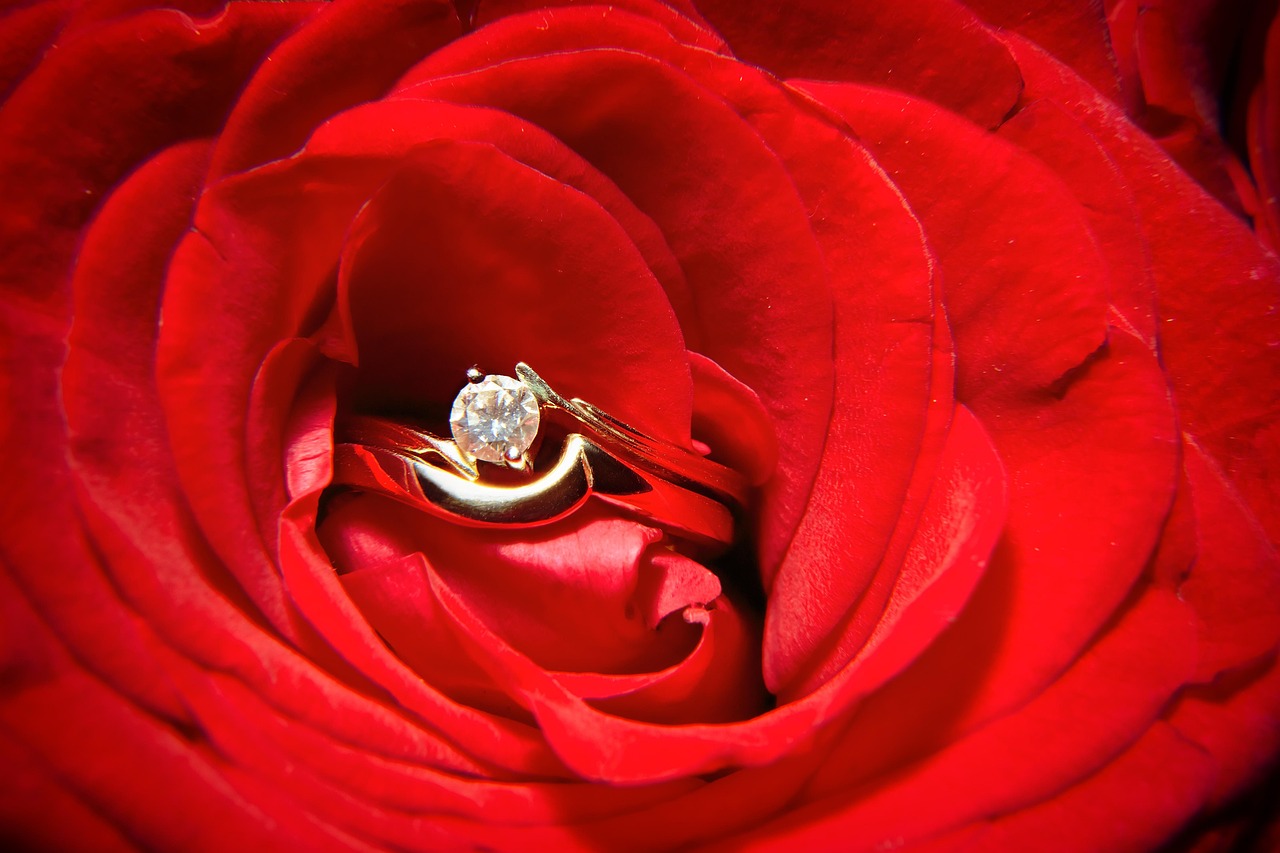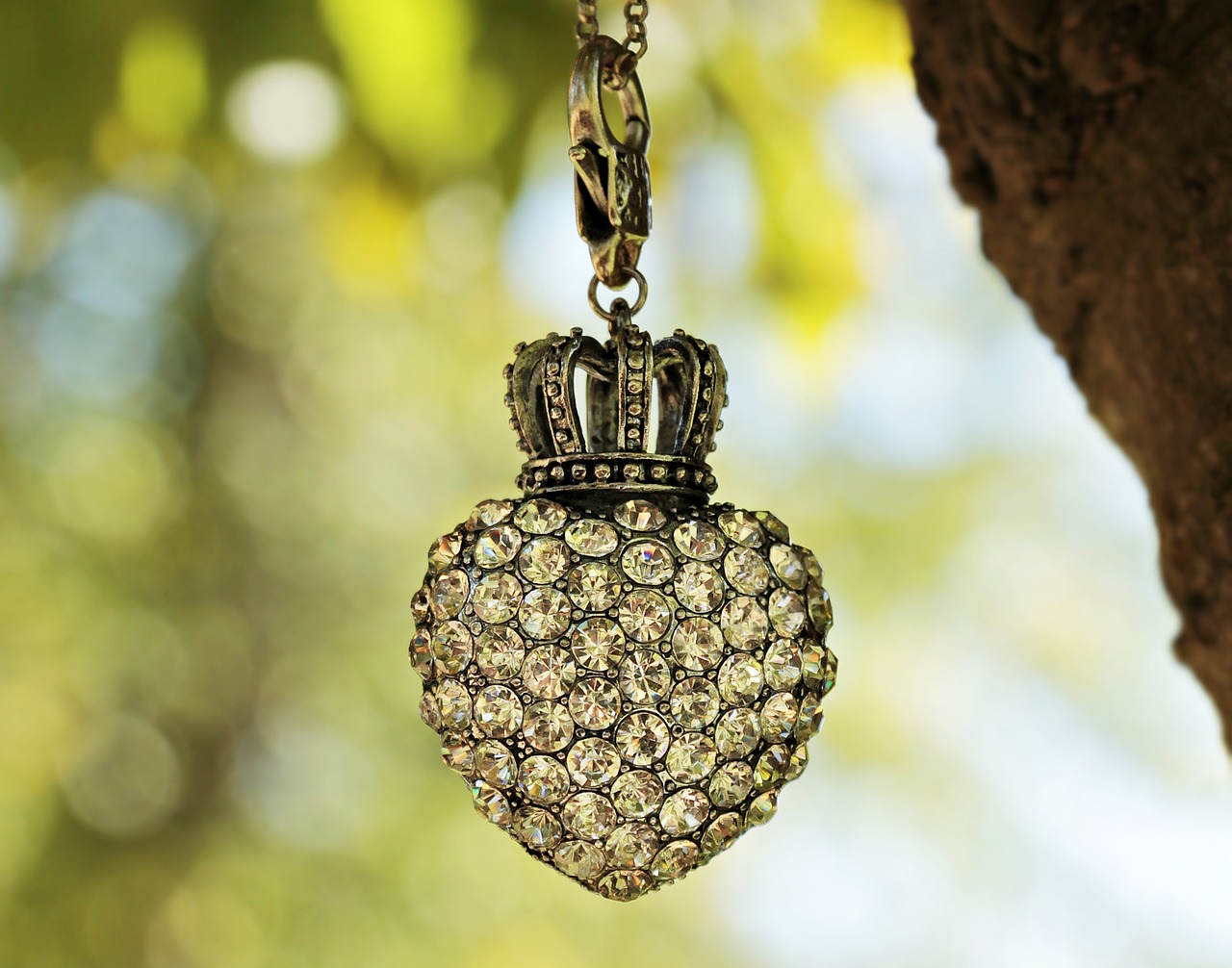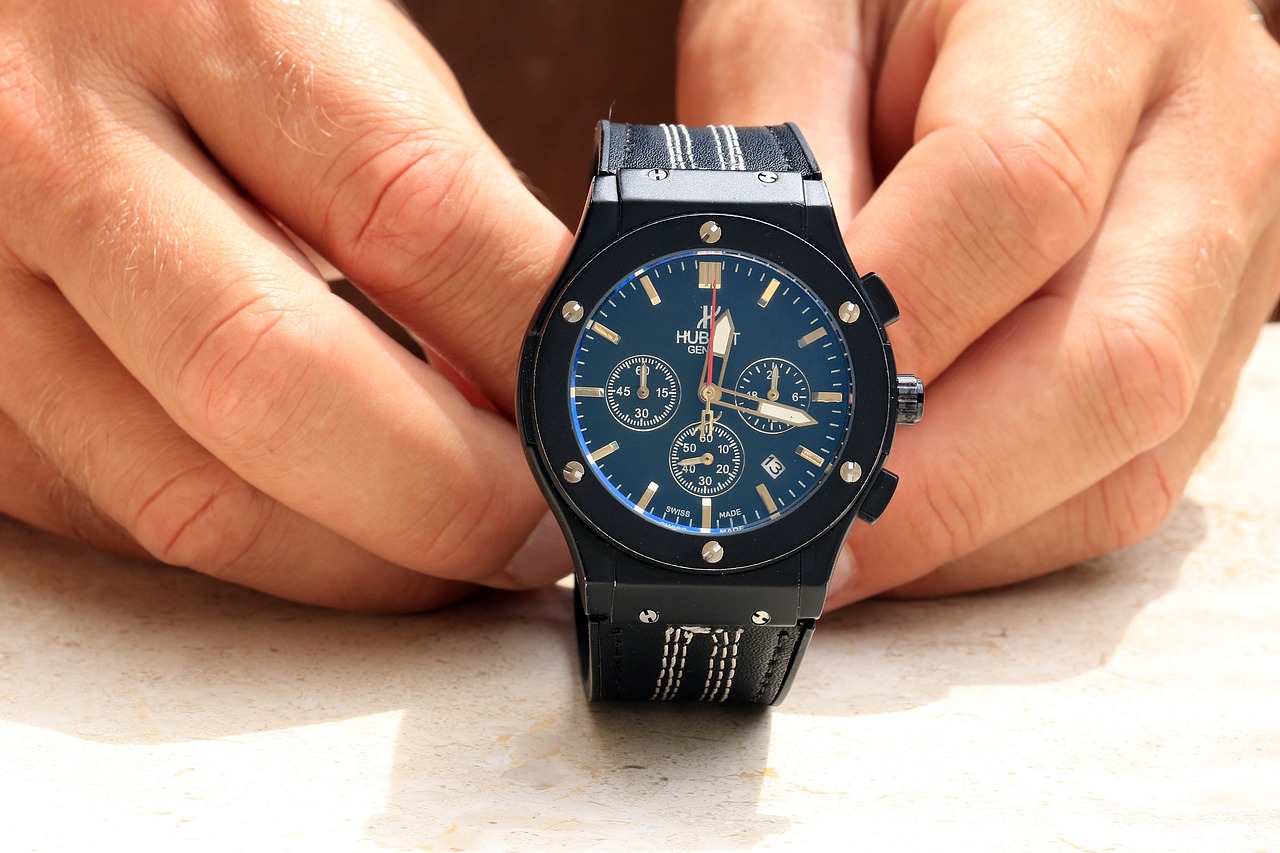This article explores effective strategies and tips for safeguarding your jewelry against scratches and bending, ensuring your treasured pieces remain in pristine condition for years to come.
Why Is Jewelry Protection Important?
Understanding the importance of protecting your jewelry can help you appreciate its value and longevity. Damaged jewelry can lead to significant costs for repairs or replacements, not to mention the emotional significance attached to cherished pieces. Maintaining the condition of your jewelry not only preserves its beauty but also its sentimental value.
What Types of Jewelry Are Most Vulnerable?
Different types of jewelry have varying levels of susceptibility to scratches and bending. For instance, rings and bracelets are often exposed to daily wear and tear, making them more vulnerable. Necklaces can also become tangled and damaged if not stored properly. Understanding which items require extra care is crucial for effective protection.
How to Store Jewelry Properly?
Proper storage is key to preventing damage. Here are some effective storage solutions:
- Use a jewelry box with compartments to separate different pieces.
- Consider pouches made of soft fabric for delicate items.
- Invest in organizers that minimize exposure to scratches and tangles.
What Materials Are Most Scratch-Resistant?
Understanding the materials used in your jewelry can help you choose pieces that are less prone to damage. For example, metals like platinum and titanium are known for their durability. Additionally, certain gemstones, such as sapphires and diamonds, are more resistant to scratching than others. Choosing the right materials can significantly enhance the longevity of your jewelry.
How to Clean Jewelry Without Causing Damage?
Cleaning your jewelry is essential for its maintenance. Here are some safe cleaning methods:
- Use a soft cloth to gently wipe the surface of your jewelry.
- For deeper cleaning, use a mild soap solution and a soft brush.
- Avoid harsh chemicals that can damage both metals and stones.
What Everyday Habits Can Damage Jewelry?
Certain daily activities can inadvertently harm your jewelry. Common habits to avoid include:
- Wearing jewelry during workouts or sports.
- Cleaning with harsh chemicals while wearing your jewelry.
- Swimming in chlorinated pools or saltwater.
How to Choose the Right Jewelry for Your Lifestyle?
Selecting jewelry that fits your lifestyle can reduce the risk of damage. Consider opting for durable pieces that can withstand daily wear. Look for designs that are less likely to catch on clothing or get caught in hair. This practical approach ensures you can enjoy your jewelry without constant worry.
What Are the Best Protective Accessories?
Using protective accessories can enhance the longevity of your jewelry. Recommendations include:
- Anti-tarnish strips to prevent oxidation.
- Polishing cloths to maintain shine.
- Protective travel cases for safe transport.
When to Seek Professional Help?
Sometimes, professional intervention is necessary for jewelry care. Consult a jeweler for repairs, maintenance, and expert cleaning services, especially if you notice any damage or wear. Regular professional check-ups can help identify potential issues before they become significant problems.
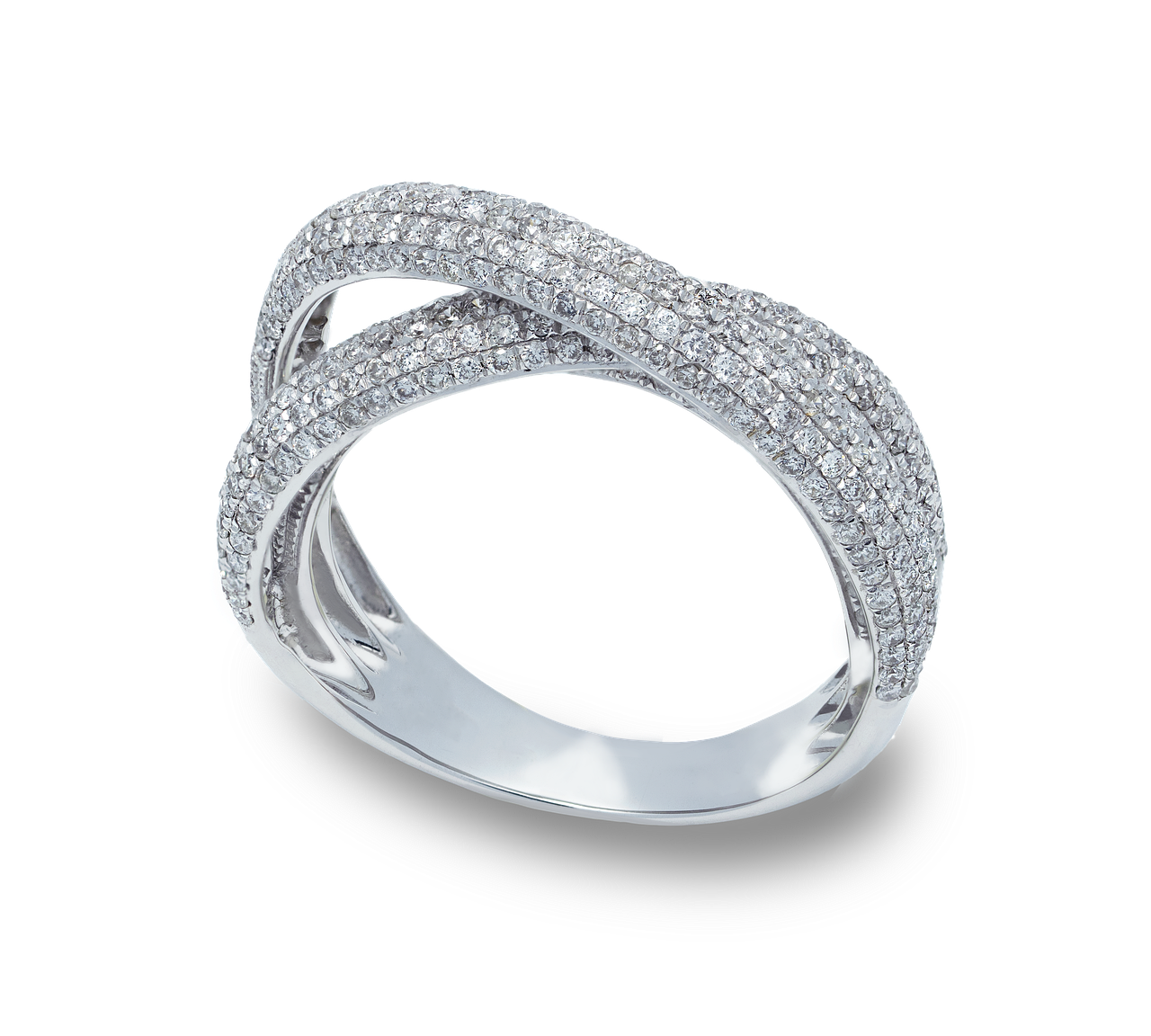
Why Is Jewelry Protection Important?
Jewelry is not just an accessory; it often carries sentimental value and represents significant moments in our lives. Understanding the importance of protecting your jewelry is essential for appreciating its value and ensuring its longevity. This section delves into the potential costs associated with damaged jewelry and emphasizes the emotional significance of preserving your treasured pieces.
First and foremost, the financial implications of neglecting jewelry care can be substantial. Repairing or replacing damaged items can lead to unexpected expenses. For instance, a simple scratch on a ring can diminish its value, while a bent bracelet may require professional restoration, which can be costly. According to industry experts, the average repair cost for damaged jewelry can range from $50 to several hundred dollars, depending on the extent of the damage and the type of jewelry involved.
Moreover, the emotional significance of jewelry cannot be overstated. Many pieces are passed down through generations, serving as a reminder of family heritage and cherished memories. Losing or damaging such items can lead to feelings of loss and regret. For example, a wedding ring symbolizes love and commitment, while a family heirloom may evoke fond memories of loved ones. Preserving these pieces not only protects their physical form but also safeguards the emotional connections tied to them.
Additionally, protecting your jewelry enhances its aesthetic appeal. Over time, exposure to environmental factors can lead to tarnishing, scratches, and other forms of wear and tear. By employing proper care techniques, you can maintain the brilliance and beauty of your jewelry, ensuring it remains a source of pride and joy.
To further illustrate the importance of jewelry protection, consider the following factors:
- Investment Value: High-quality jewelry can be a significant investment. Proper care can help maintain its market value.
- Resale Potential: Well-maintained jewelry is more likely to fetch a higher price if you ever decide to sell it.
- Personal Satisfaction: Wearing jewelry that looks pristine enhances your confidence and enjoyment.
In conclusion, understanding the importance of protecting your jewelry is crucial for both financial and emotional reasons. By taking proactive measures to care for your pieces, you can appreciate their value and ensure they remain a cherished part of your life for years to come. Whether it’s through proper storage, regular cleaning, or avoiding common damaging habits, the effort you put into protecting your jewelry will pay off in the long run.

What Types of Jewelry Are Most Vulnerable?
When it comes to jewelry, understanding the different types and their vulnerabilities is crucial for maintaining their beauty and integrity. Jewelry items are not only decorative but also hold sentimental value, making it essential to care for them properly. This section delves into the types of jewelry that require extra attention, particularly focusing on rings, bracelets, and necklaces.
Jewelry is crafted from a variety of materials, and each type has its own level of susceptibility to damage. Here, we will explore the most vulnerable pieces and the reasons they require special care:
- Rings: Rings are often subjected to daily wear, making them prone to scratches and bending. The exposed surface area can easily come into contact with hard surfaces, leading to potential damage. Engagement rings and wedding bands, often worn continuously, need extra attention due to their sentimental value.
- Bracelets: Bracelets, especially those with intricate designs or made from softer metals like gold or silver, can bend and scratch easily. Charm bracelets, in particular, can become tangled and may experience wear at the points where charms attach to the chain.
- Necklaces: Necklaces, especially those with delicate chains or pendants, can be vulnerable to kinks and scratches. The clasp and chain links are often the first points of failure, particularly if the necklace is worn frequently or stored improperly.
Additionally, jewelry made from softer gemstones, such as opal or pearl, can be more susceptible to scratches and damage compared to harder stones like diamond or sapphire. It is vital to understand these differences when selecting jewelry for daily wear.
In terms of design, jewelry with intricate settings or embellishments may also require more care. Filigree designs, for example, can be more prone to bending and breaking due to their delicate nature.
To protect these vulnerable pieces, consider the following tips:
- Regular Maintenance: Schedule regular check-ups with a jeweler to inspect and maintain your jewelry. This can help identify any issues before they become significant problems.
- Proper Storage: Store jewelry in a way that minimizes contact with other pieces. Use soft pouches or dedicated jewelry boxes to prevent scratches.
- Mindful Wearing: Remove jewelry when engaging in activities that could cause damage, such as exercising or cleaning.
By understanding which types of jewelry are most vulnerable and taking appropriate precautions, you can ensure that your treasured pieces remain beautiful and intact for years to come.

How to Store Jewelry Properly?
When it comes to maintaining the beauty and integrity of your jewelry, proper storage is essential. Jewelry is often an investment, both financially and emotionally, and taking the time to store it correctly can prevent unnecessary damage. Here, we explore effective storage solutions that will help you keep your treasured pieces safe from scratches and bending.
Jewelry can be delicate, and improper storage can lead to scratches, dents, and other forms of damage. By understanding the significance of proper storage, you can appreciate the longevity of your pieces and avoid costly repairs. Ensuring that your jewelry is well taken care of can also enhance its emotional value, allowing you to cherish it for years to come.
To minimize exposure to scratches and bending, consider the following storage options:
- Jewelry Boxes: Invest in a quality jewelry box that has separate compartments. This will prevent pieces from tangling and scratching each other. Look for boxes lined with soft materials like velvet or satin to offer extra protection.
- Pouches: Soft pouches are excellent for individual pieces, especially delicate items like earrings and pendants. These pouches can be made of fabric or soft leather, providing a cushioned environment that reduces the risk of scratches.
- Organizers: Drawer organizers or stackable trays can help you keep your jewelry collection visible yet protected. Choose organizers with dividers to separate different types of jewelry, making it easy to find what you need without rummaging through a pile.
- Travel Cases: If you’re on the go, opt for a travel case specifically designed for jewelry. These cases often have padded sections to keep your pieces secure and prevent them from moving around during transit.
In addition to choosing the right storage solutions, consider these tips to further protect your jewelry:
- Avoid Humidity: Store your jewelry in a cool, dry place. Humidity can cause tarnishing, especially in silver and certain gemstones.
- Keep Away from Sunlight: Prolonged exposure to sunlight can fade gemstones and damage certain materials. Choose a storage location that is not exposed to direct light.
- Regular Checks: Periodically check your jewelry for any signs of damage. This will allow you to address any issues before they become more significant problems.
By implementing these effective storage solutions and tips, you can significantly reduce the risk of scratches and bending, ensuring that your jewelry remains in pristine condition. Remember, taking the time to properly store your pieces is a small effort that can lead to long-lasting beauty and enjoyment.
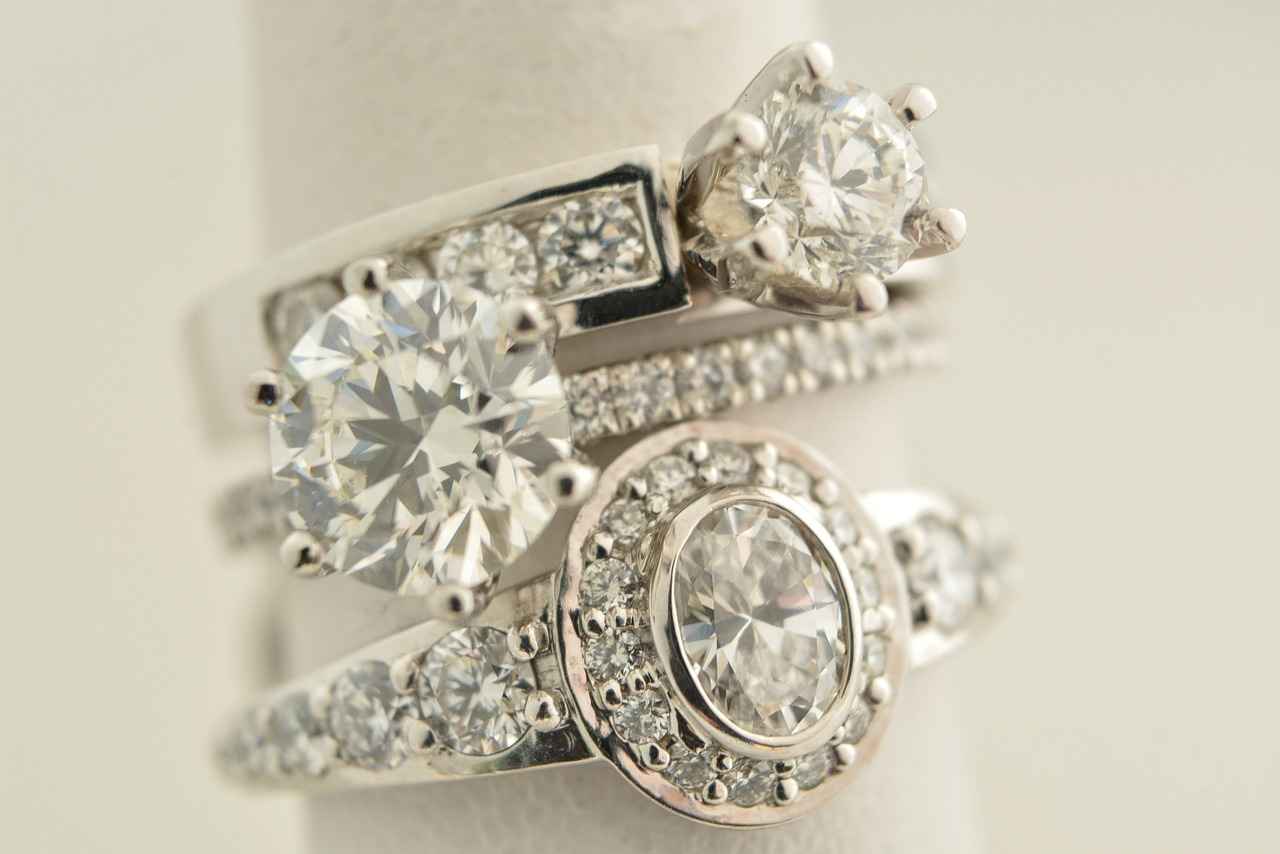
What Materials Are Most Scratch-Resistant?
Understanding the materials used in your jewelry is essential for making informed purchasing decisions. Not only does it enhance your appreciation for each piece, but it also helps you select items that are less prone to damage. In this section, we will delve into various metals and gemstones that are renowned for their durability and scratch resistance.
When it comes to metals, several options stand out due to their inherent strength and resistance to wear:
- Titanium: Known for its exceptional strength-to-weight ratio, titanium is a lightweight metal that resists scratches and bending. It is hypoallergenic, making it a popular choice for those with sensitive skin.
- Platinum: As one of the most durable metals used in jewelry, platinum is highly resistant to scratches and tarnishing. Its natural whiteness and density allow it to hold gemstones securely, making it an excellent choice for engagement rings.
- Stainless Steel: This metal is not only affordable but also incredibly strong and resistant to corrosion. Stainless steel jewelry maintains its shine and does not easily scratch, making it ideal for everyday wear.
- Gold: While pure gold is relatively soft, alloys like 14k and 18k gold are mixed with other metals to enhance durability. White gold, in particular, is often plated with rhodium to increase its scratch resistance.
In addition to metals, gemstones also play a crucial role in the durability of jewelry. Here are some of the most scratch-resistant gemstones:
- Diamond: The hardest natural material, diamonds are virtually scratch-proof. This makes them the preferred choice for engagement rings and other pieces that are worn daily.
- Sapphire: Known for their rich colors, sapphires are second only to diamonds in hardness. They are an excellent option for rings and bracelets that may be exposed to daily wear.
- Ruby: A variety of sapphire, rubies share the same hardness and durability. Their vibrant red hue adds a touch of elegance while remaining resilient against scratches.
- Emerald: Although softer than diamonds and sapphires, emeralds can still be quite durable when treated with care. Choosing high-quality emeralds with fewer inclusions can enhance their longevity.
When selecting jewelry, it is essential to consider both the metal and gemstone used in the piece. Opting for durable materials can significantly reduce the likelihood of damage, ensuring that your jewelry remains in excellent condition for years to come. Remember, while aesthetics play a vital role in your choice, prioritizing durability can save you from costly repairs and replacements down the line.
By understanding the characteristics of these metals and gemstones, you can make better-informed decisions when purchasing jewelry. Whether you are looking for a stunning engagement ring or a beautiful necklace, choosing pieces crafted from scratch-resistant materials will help you maintain their beauty and integrity over time.

How to Clean Jewelry Without Causing Damage?
Cleaning your jewelry is not just a matter of aesthetics; it is essential for maintaining the integrity and longevity of your treasured pieces. Over time, dirt, oils, and other residues can accumulate, dulling the shine of your jewelry. However, improper cleaning methods can lead to scratches, bending, or even irreparable damage. This guide will explore safe and effective cleaning techniques to keep your jewelry sparkling and in excellent condition.
Why Should You Clean Your Jewelry Regularly?
- Prevention of Damage: Regular cleaning helps prevent the buildup of grime that can lead to scratches and tarnishing.
- Enhanced Appearance: Clean jewelry looks brighter and more appealing, making it a joy to wear.
- Longer Lifespan: Proper maintenance can significantly extend the life of your jewelry.
Safe Cleaning Methods
When it comes to cleaning jewelry, the method you choose is crucial. Here are some safe cleaning techniques:
- Soapy Water Solution: Mix a few drops of mild dish soap in warm water. Soak your jewelry for a few minutes, then gently scrub with a soft toothbrush. Rinse with clean water and dry with a soft cloth.
- Jewelry Cleaning Cloths: Use specially designed polishing cloths to remove tarnish and restore shine without scratching the surface.
- Ultrasonic Cleaners: For more intricate pieces, ultrasonic cleaners can be effective, but ensure your jewelry is safe for this method. Always check with a jeweler if unsure.
What to Avoid When Cleaning Jewelry?
To prevent damage during the cleaning process, avoid the following:
- Abrasive Cleaners: Never use harsh chemicals or abrasive materials, as these can scratch or dull your jewelry.
- Hot Water: Avoid using hot water, especially for pieces with glued gemstones, as heat can weaken the adhesive.
- Excessive Scrubbing: Be gentle when cleaning; excessive force can bend or break delicate pieces.
Special Considerations for Different Materials
Different types of jewelry require specific cleaning methods:
- Gold and Silver: Both can be cleaned with soapy water, but silver may require additional polishing to remove tarnish.
- Pearls: Clean pearls with a damp cloth to avoid damaging the nacre. Never soak them in water.
- Gemstones: Always check the hardness and treatment of gemstones before cleaning. Some may require special care.
When to Seek Professional Help?
If your jewelry is heavily tarnished or damaged, it may be best to consult a professional jeweler. They have the right tools and expertise to restore your pieces without causing further harm.
In summary, keeping your jewelry clean is vital for its maintenance and longevity. By following safe cleaning methods and being aware of what to avoid, you can ensure that your jewelry remains as beautiful as the day you bought it. Regular care not only enhances the appearance but also preserves the emotional value of your cherished items.
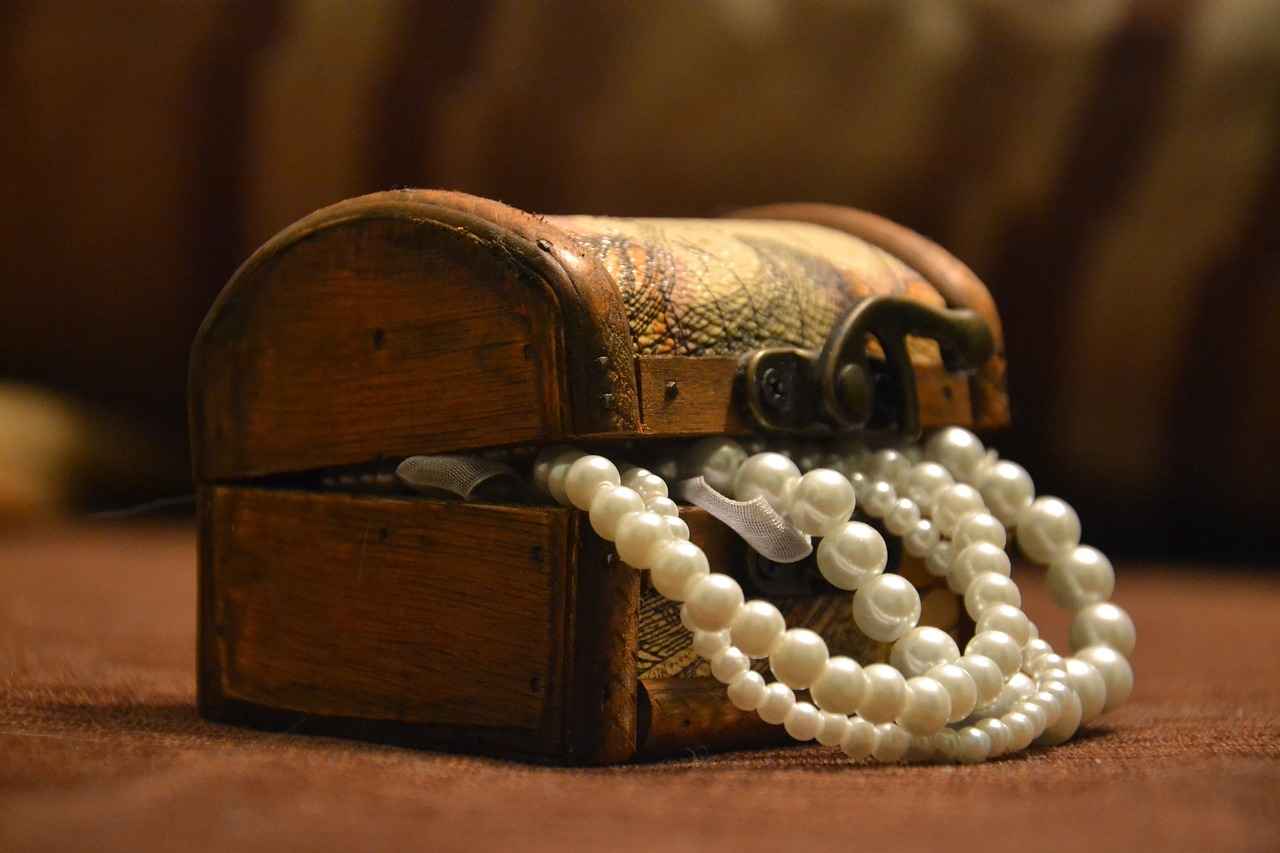
What Everyday Habits Can Damage Jewelry?
Jewelry is often cherished for its beauty and sentimental value, but certain everyday habits can inadvertently lead to damage. Understanding these habits is crucial for preserving your treasured pieces. In this section, we will explore some common activities that can harm your jewelry, and provide tips on how to avoid potential pitfalls.
Engaging in physical activities while wearing jewelry is a common mistake. The friction and impact from exercises can cause scratches and bends, especially on softer metals like gold and silver. Additionally, sweat can lead to tarnishing, which diminishes the jewelry’s shine. It is advisable to remove your rings, bracelets, and necklaces before hitting the gym.
When performing household chores, wearing jewelry can expose it to harsh chemicals found in cleaning products. These chemicals can tarnish or discolor certain metals and gemstones. For example, bleach can cause severe damage to pearl jewelry. To protect your pieces, consider removing them before cleaning or using gloves to minimize contact.
Swimming in pools or oceans while wearing jewelry can also pose risks. Chlorine and saltwater can corrode metals and dull the finish of your gemstones. Even costume jewelry can suffer irreversible damage when exposed to these elements. To maintain the integrity of your jewelry, it’s best to take it off before swimming.
- Cooking: Cooking can subject your rings to heat and food particles that may scratch or tarnish them.
- Gardening: Soil and debris can scratch the surface of your jewelry, especially if you wear rings while digging.
- Typing: Frequent typing can lead to unintentional scratches on delicate pieces, particularly on rings.
To mitigate damage from daily activities, consider establishing a routine that includes:
- Regularly removing jewelry: Make it a habit to take off your jewelry during workouts, cleaning, and other potentially damaging activities.
- Safe storage: Use a dedicated jewelry box or pouches to keep your pieces safe when not in use.
- Periodic cleaning: Regularly clean your jewelry with appropriate methods to maintain its shine and durability.
By being mindful of these everyday habits, you can significantly reduce the risk of damaging your jewelry. Taking proactive steps to protect your pieces will ensure they remain beautiful and cherished for years to come.
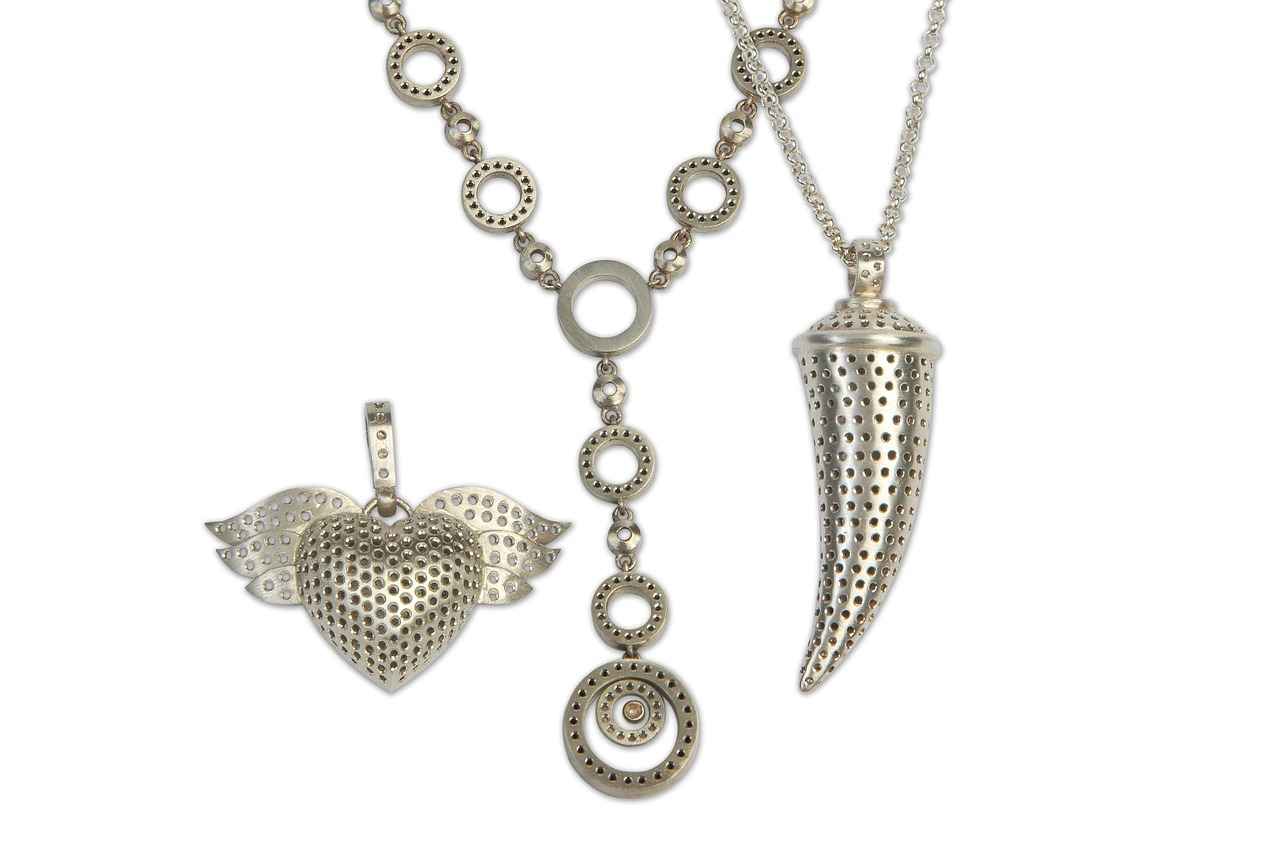
How to Choose the Right Jewelry for Your Lifestyle?
Choosing the right jewelry for your lifestyle is essential for both style and durability. When you select pieces that align with your daily activities and personal preferences, you significantly reduce the risk of damage. Below are some practical tips to help you choose jewelry that is both stylish and functional.
Before purchasing new jewelry, consider your typical day-to-day activities. If you lead an active lifestyle, opt for durable materials such as stainless steel or titanium, which are less prone to scratches and bending. For those who work in environments where jewelry could get caught or damaged, minimalistic designs can be a wise choice.
Comfort is key when selecting jewelry for everyday wear. Ensure that rings are not too tight, as this can lead to discomfort and potential bending. Additionally, choose earrings that are lightweight to avoid any strain on your ears. Adjustable bracelets can also provide a better fit, allowing for movement without the risk of damage.
Investing in versatile pieces can enhance your wardrobe while minimizing the need for multiple items. Look for jewelry that can transition seamlessly from day to night. For example, a simple pendant necklace can be dressed up with additional layers for an evening out but remains chic when worn alone during the day.
When it comes to jewelry, quality often trumps quantity. Instead of buying several inexpensive pieces that may wear out quickly, invest in a few high-quality items that can withstand daily wear. Look for reputable jewelers who offer warranties or guarantees on their pieces, ensuring you receive value for your investment.
Your jewelry should complement your personal style and wardrobe. If your clothing is often casual, consider selecting simple and elegant pieces that won’t clash with your outfits. On the other hand, if you frequently attend formal events, opt for more ornate designs that can elevate your look.
Understanding how to care for your jewelry can prolong its lifespan. Regular cleaning and proper storage are crucial. For example, store your pieces in a soft pouch or a dedicated jewelry box to prevent scratches. Familiarize yourself with the best cleaning methods for different materials to avoid damage.
If you are unsure about which pieces are best suited for your lifestyle, don’t hesitate to consult a professional jeweler. They can provide insights based on your preferences and daily activities, helping you make informed choices that will keep your jewelry looking its best.
By thoughtfully selecting jewelry that aligns with your lifestyle, you can enjoy stylish pieces while minimizing the risk of damage. Remember to consider factors such as comfort, versatility, and quality when making your choices.

What Are the Best Protective Accessories?
Jewelry is often cherished for its beauty and sentimental value. However, maintaining its pristine condition can be challenging. One effective way to prolong the life of your jewelry is by using protective accessories. This section delves into the best protective items that can help shield your treasures from wear and tear.
Protective accessories are essential for safeguarding your jewelry against environmental factors and everyday wear. By investing in these items, you can significantly reduce the risk of scratches, tarnishing, and other forms of damage. Here are some key accessories to consider:
- Anti-Tarnish Strips: These strips are designed to absorb moisture and other harmful substances that can cause tarnishing. Placing them in your jewelry box or pouch can keep your silver and gold jewelry looking new for longer.
- Polishing Cloths: Regularly using a soft polishing cloth can help remove dirt and oils that accumulate on the surface of your jewelry. Look for cloths treated with cleaning agents that are safe for various metals.
- Protective Travel Cases: When traveling, it’s crucial to keep your jewelry secure. A protective travel case with compartments can prevent pieces from tangling and scratching against each other.
- Jewelry Boxes with Dividers: Investing in a quality jewelry box with padded dividers can help separate your items, minimizing the risk of scratches and damage.
- Silica Gel Packs: Including silica gel packs in your storage areas can help control humidity, further preventing tarnish and corrosion.
Using protective accessories not only prevents immediate damage but also contributes to the long-term preservation of your jewelry. For instance, anti-tarnish strips can prolong the shine of your silver pieces, while polishing cloths can maintain the luster of gemstones. The right storage solutions, such as protective travel cases, ensure that your jewelry remains safe during transport, thereby reducing the chances of accidental breakage.
Absolutely! Different types of jewelry may require specialized care:
- Rings: Consider using ring boxes with soft linings to prevent scratches.
- Necklaces: Use necklace pouches or cases that prevent tangling.
- Bracelets: Opt for individual compartments to avoid friction with other pieces.
By selecting the right protective accessories tailored to your jewelry types, you can ensure that each piece remains in excellent condition.
Many jewelry stores offer protective accessories, but you can also find a variety of options online. Look for reputable retailers that specialize in jewelry care products. Reading customer reviews and product descriptions can help you make informed choices.
It’s advisable to incorporate protective accessories into your regular jewelry care routine. For example, use polishing cloths after each wear, and ensure that anti-tarnish strips are replaced periodically. By consistently applying these protective measures, you can maximize the lifespan of your jewelry.
In conclusion, investing in protective accessories is a simple yet effective way to enhance the longevity of your jewelry. From anti-tarnish strips to protective travel cases, these items provide essential support in maintaining the beauty and integrity of your cherished pieces.
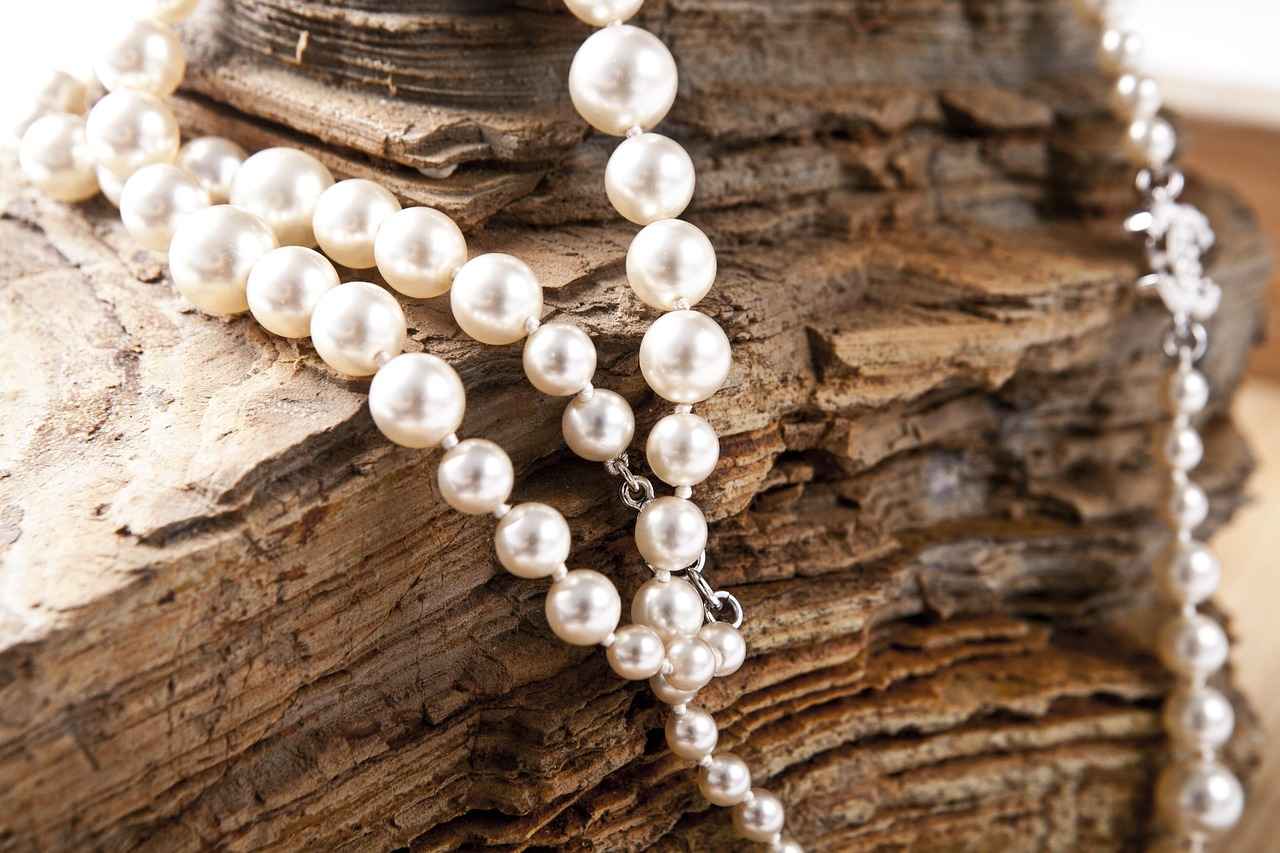
When to Seek Professional Help?
Jewelry is often more than just an accessory; it is a reflection of personal style, sentiment, and sometimes even a significant investment. To maintain its beauty and functionality, understanding when to seek professional help is crucial. This section delves into the scenarios where consulting a jeweler for repairs, maintenance, and expert cleaning services becomes necessary.
Jewelry can endure daily wear and tear, but there are specific signs that indicate it may need professional attention:
- Loose Stones: If you notice that a gemstone is shifting in its setting, it is essential to consult a jeweler immediately. A loose stone can lead to loss if not addressed promptly.
- Broken Clasps: A malfunctioning clasp can compromise the security of your necklace or bracelet. Repairing it quickly can prevent the piece from falling off and getting lost.
- Scratches and Dents: For precious metals and gemstones, visible scratches and dents can diminish their aesthetic appeal. A jeweler can restore the shine and finish.
Regular maintenance is vital for preserving the integrity of your jewelry. Consider these aspects:
- Professional Cleaning: While at-home cleaning is useful, a professional jeweler can provide deep cleaning that removes dirt and debris from hard-to-reach areas.
- Inspection: A jeweler can inspect your pieces for potential issues, such as weak settings or signs of wear, ensuring that problems are caught early.
Expert cleaning services offer several advantages that can enhance the longevity of your jewelry:
- Safe Techniques: Jewelers use specialized tools and techniques that are safe for your jewelry, preventing damage during the cleaning process.
- Restoration of Luster: Over time, jewelry can lose its shine. Professional cleaning can restore its original brilliance, making it look as good as new.
Selecting a reputable jeweler is essential for ensuring quality service. Here are some tips:
- Check Credentials: Look for certifications or affiliations with recognized jewelry organizations.
- Read Reviews: Customer feedback can provide insights into the quality of service and expertise.
- Ask About Services: Ensure the jeweler offers a wide range of services, from repairs to cleaning and maintenance.
In conclusion, understanding when to seek professional help for your jewelry is key to preserving its beauty and value. By recognizing the signs that indicate the need for repairs, the importance of regular maintenance, and the benefits of expert cleaning, you can ensure that your cherished pieces remain in excellent condition for years to come.
Frequently Asked Questions
- How can I prevent my jewelry from getting scratched?
To keep your jewelry scratch-free, consider storing it in a soft pouch or a dedicated jewelry box. Avoid placing different pieces together, as they can rub against each other and cause scratches. Additionally, when not wearing your jewelry, make sure to keep it in a safe place away from daily wear and tear.
- What should I do if my jewelry bends?
If your jewelry bends, it’s best to consult a professional jeweler for repairs. Attempting to fix it yourself can lead to further damage. Regular maintenance and careful handling can help prevent bending in the first place, so always be mindful of how you wear and store your pieces.
- Are there specific materials that are more durable?
Yes! Some materials, like platinum and titanium, are known for their strength and scratch resistance. Gemstones such as diamonds and sapphires also have high durability. When shopping for jewelry, consider these materials for pieces that can withstand daily use.
- Can I clean my jewelry at home?
Absolutely! You can clean most jewelry at home using mild soap and warm water. Just be sure to avoid harsh chemicals and abrasive materials. For delicate pieces, a soft cloth is often enough to keep them sparkling without causing damage.
- When should I take my jewelry to a professional?
If you notice any damage, such as loose stones or significant bending, it’s time to visit a jeweler. Additionally, for deep cleaning or intricate pieces, professional help ensures your jewelry receives the care it deserves.

